Alternative Materials
Contemporary and sustainable options for modern jewelry design.
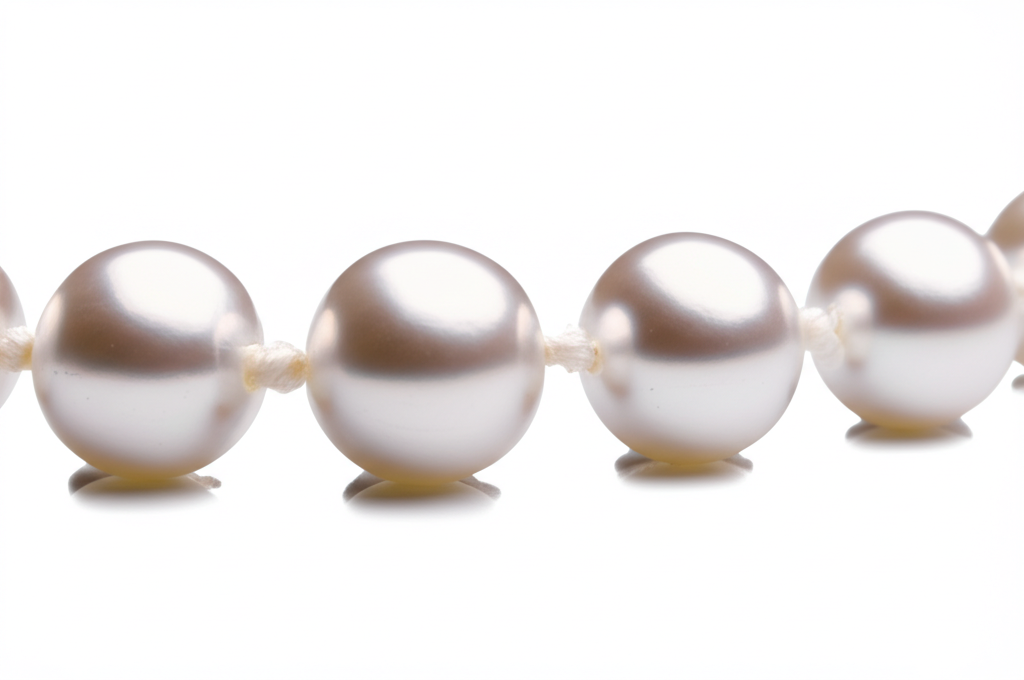
Beyond Traditional Precious Materials
While gold, silver, and gemstones have dominated jewelry for millennia, contemporary jewelry embraces a much wider range of materials. This expansion reflects changing aesthetics, technological innovations, environmental concerns, and evolving definitions of what makes materials valuable or meaningful.
Alternative materials offer jewelry designers new creative possibilities—unique colors, textures, and properties that traditional materials can't provide. They also often make jewelry more accessible, sustainable, and personally expressive.
From industrial metals and sustainable woods to recycled plastics and innovative composites, these materials are pushing the boundaries of what jewelry can be and represent in the 21st century.
Contemporary Metals
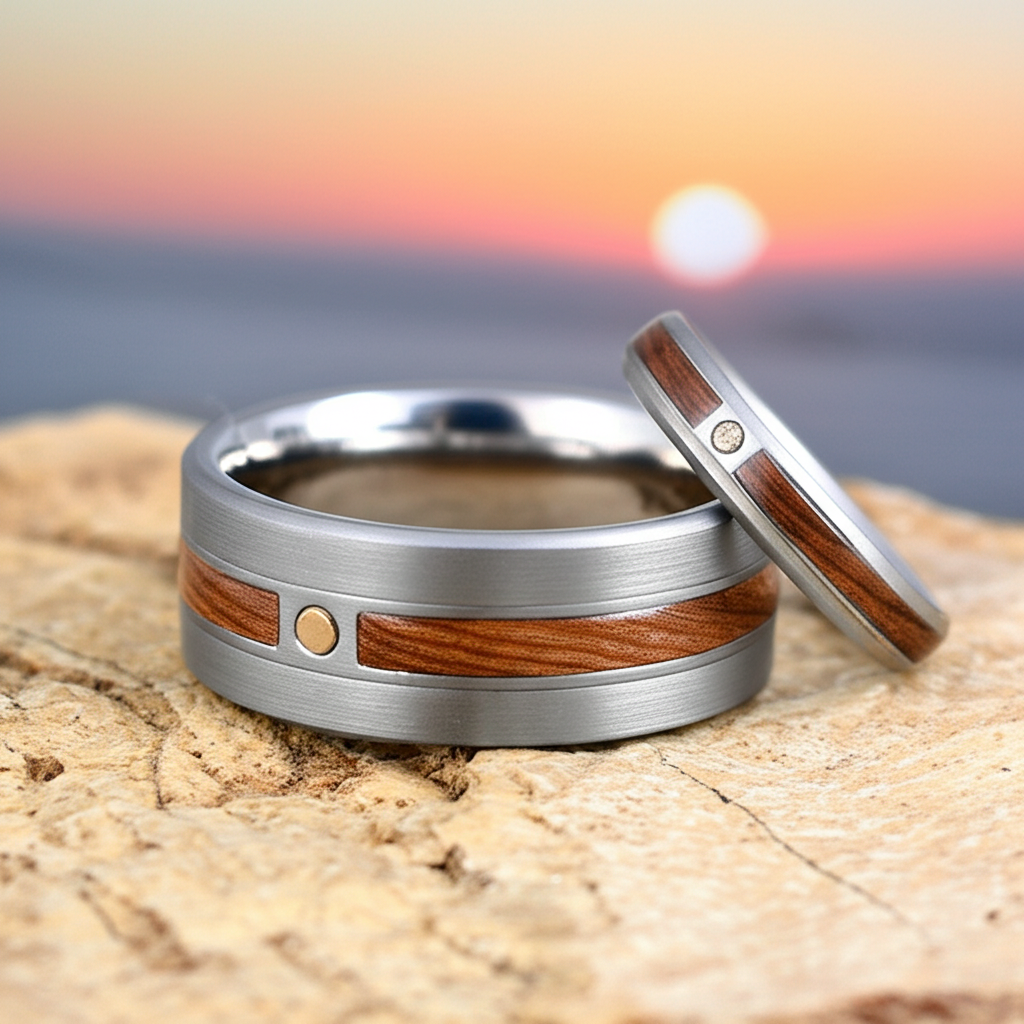
Titanium
A lightweight yet incredibly strong metal with a natural silver-gray color. Titanium is biocompatible, making it ideal for those with metal allergies. It can be anodized to create vibrant colors through an electrochemical process that forms an oxide layer on the surface.
Advantages
- Extremely lightweight (45% lighter than steel)
- Exceptional strength-to-weight ratio
- Hypoallergenic and biocompatible
- Highly resistant to corrosion
- Can be colored through anodizing
Limitations
- Difficult and expensive to work with
- Cannot be soldered easily
- Limited malleability
- Cannot be resized like precious metals
- Scratches can be difficult to polish out
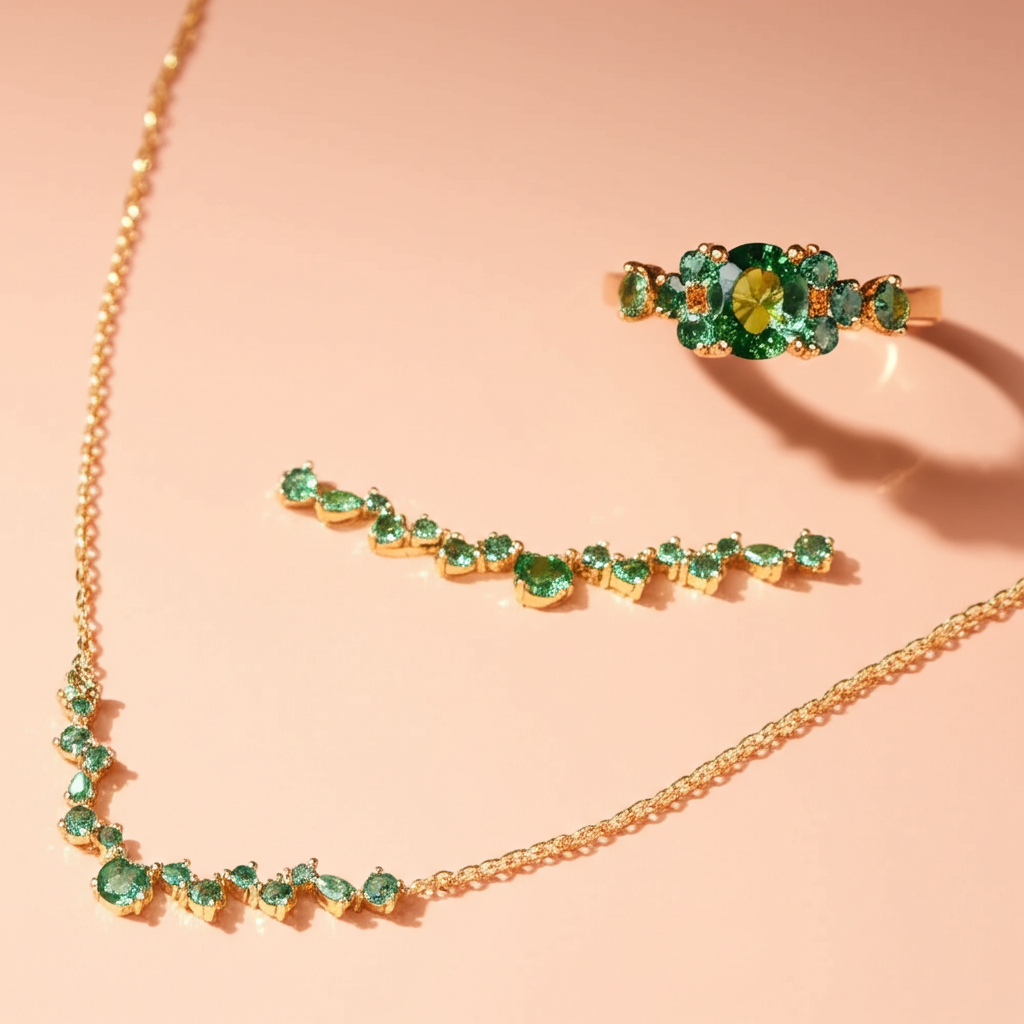
Stainless Steel
An alloy of iron with at least 10.5% chromium, stainless steel offers excellent durability and corrosion resistance at an affordable price point. Its industrial aesthetic has made it popular in contemporary jewelry design, particularly for men's pieces.
Advantages
- Extremely durable and scratch-resistant
- Affordable compared to precious metals
- Resistant to rust, corrosion, and tarnish
- Low maintenance
- Hypoallergenic (especially 316L medical-grade)
Limitations
- Heavier than many other metals
- Limited malleability for intricate designs
- Cannot be soldered easily
- Difficult to resize
- Industrial appearance may not suit all styles
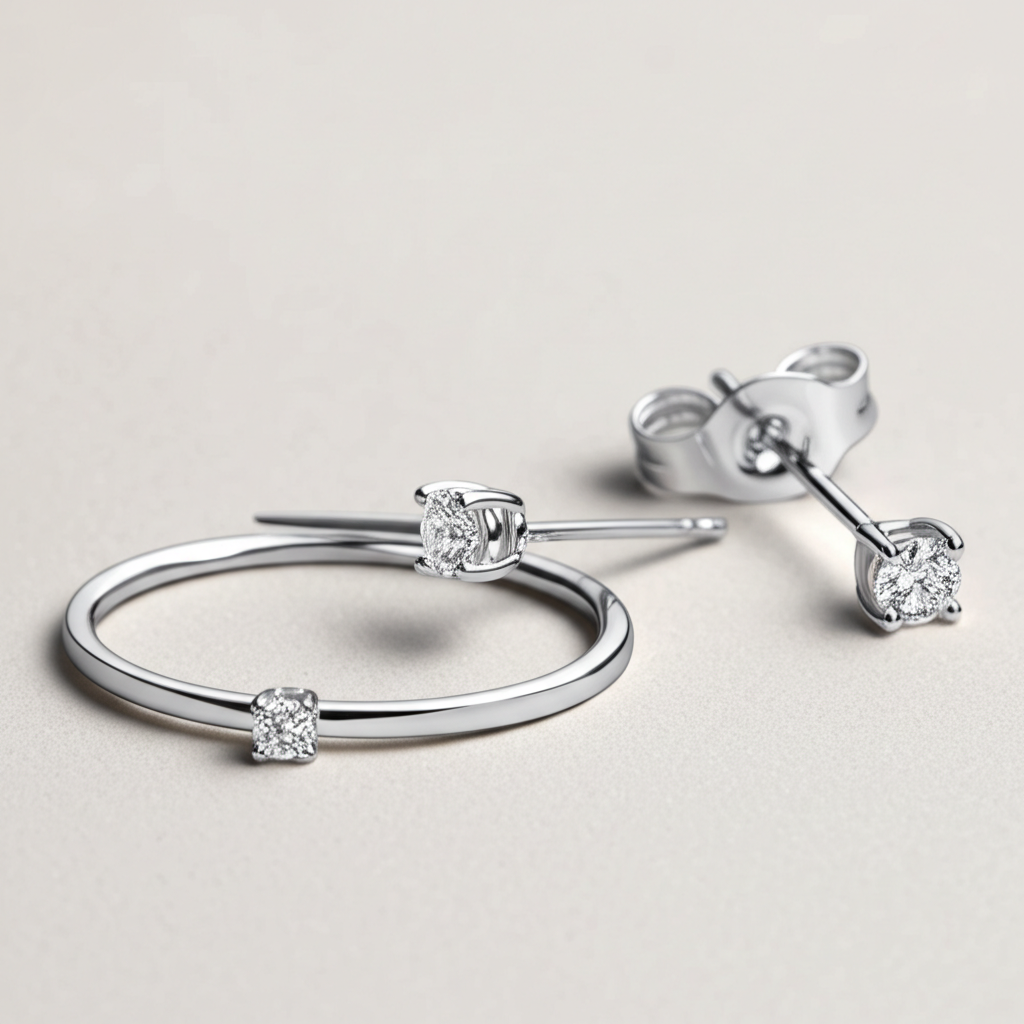
Tungsten Carbide
One of the hardest metals used in jewelry, tungsten carbide is a compound of tungsten and carbon. Its exceptional scratch resistance and weight make it popular for men's wedding bands. It has a dark gray color that can be polished to a high shine.
Advantages
- Extremely hard and scratch-resistant (8.5-9 on Mohs scale)
- Maintains polish and shine indefinitely
- Dense, substantial feel
- Affordable compared to precious metals
- Hypoallergenic for most people
Limitations
- Brittle—can crack or shatter under extreme pressure
- Cannot be resized
- Limited design options due to manufacturing constraints
- Very heavy
- Difficult to remove in emergencies
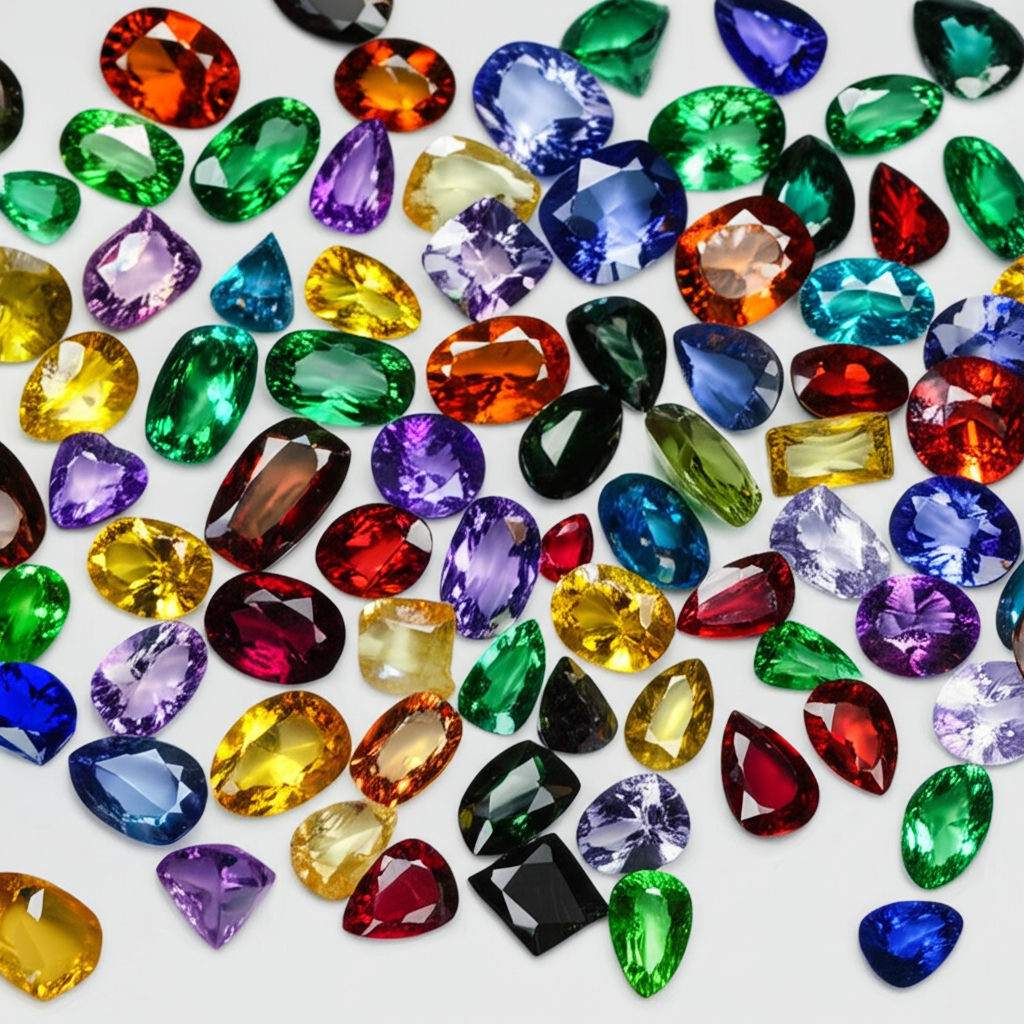
Cobalt Chrome
An alloy of cobalt and chromium, this metal offers a bright white color similar to white gold or platinum but at a fraction of the cost. It's extremely durable and has been used in medical implants due to its biocompatibility.
Advantages
- Bright white color that never tarnishes
- Extremely scratch-resistant
- Lightweight compared to tungsten
- Hypoallergenic for most people
- Can be finished with various textures
Limitations
- Cannot be resized
- Limited design options
- Difficult to work with for custom designs
- May cause allergic reactions in those with cobalt sensitivity
- Less traditional than precious metals
Organic Materials
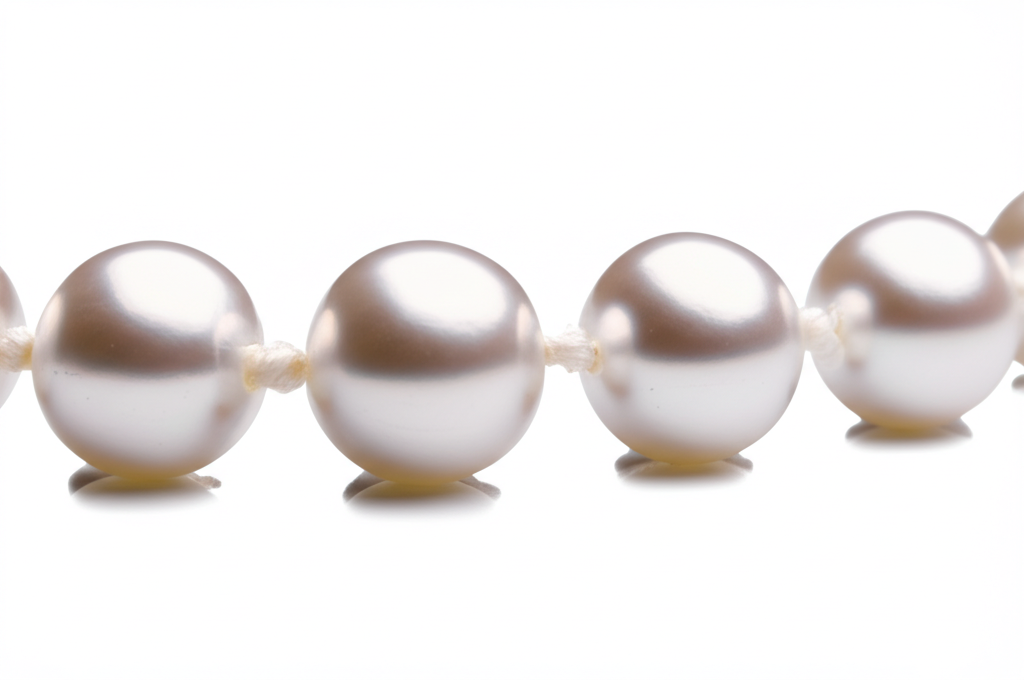
Wood
From exotic hardwoods to locally sourced varieties, wood offers warmth, natural beauty, and lightness. Modern stabilization techniques have made wooden jewelry more durable and versatile than ever before.
Best for:
Earrings, pendants, bracelets, and inlays in metal rings. Particularly popular for eco-conscious consumers and those seeking a natural aesthetic.
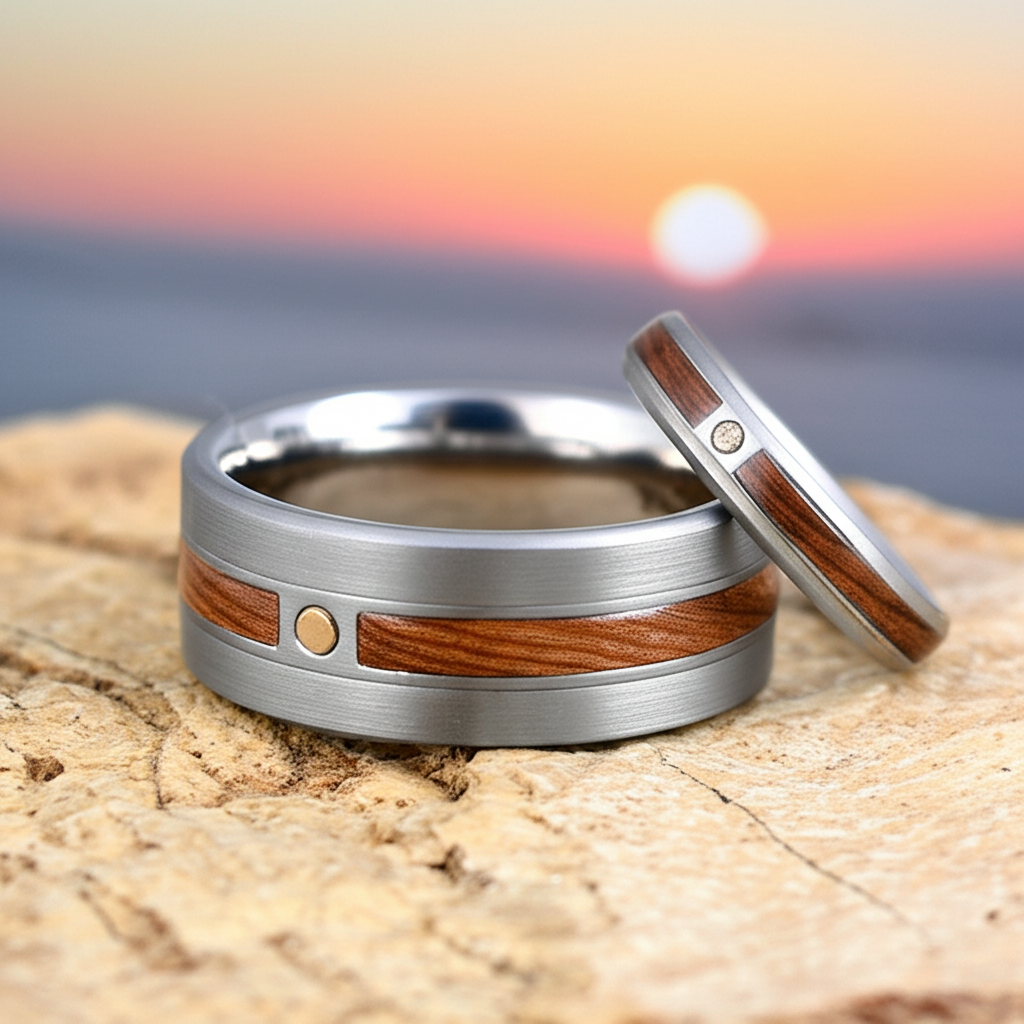
Horn & Bone
Traditionally used across many cultures, these materials are typically sourced as by-products from food production. They can be carved, shaped, and polished to create lightweight, warm-to-the-touch jewelry with natural variation.
Best for:
Statement pieces, tribal-inspired designs, and carved pendants. Appreciated for their natural patterns and lightweight comfort.
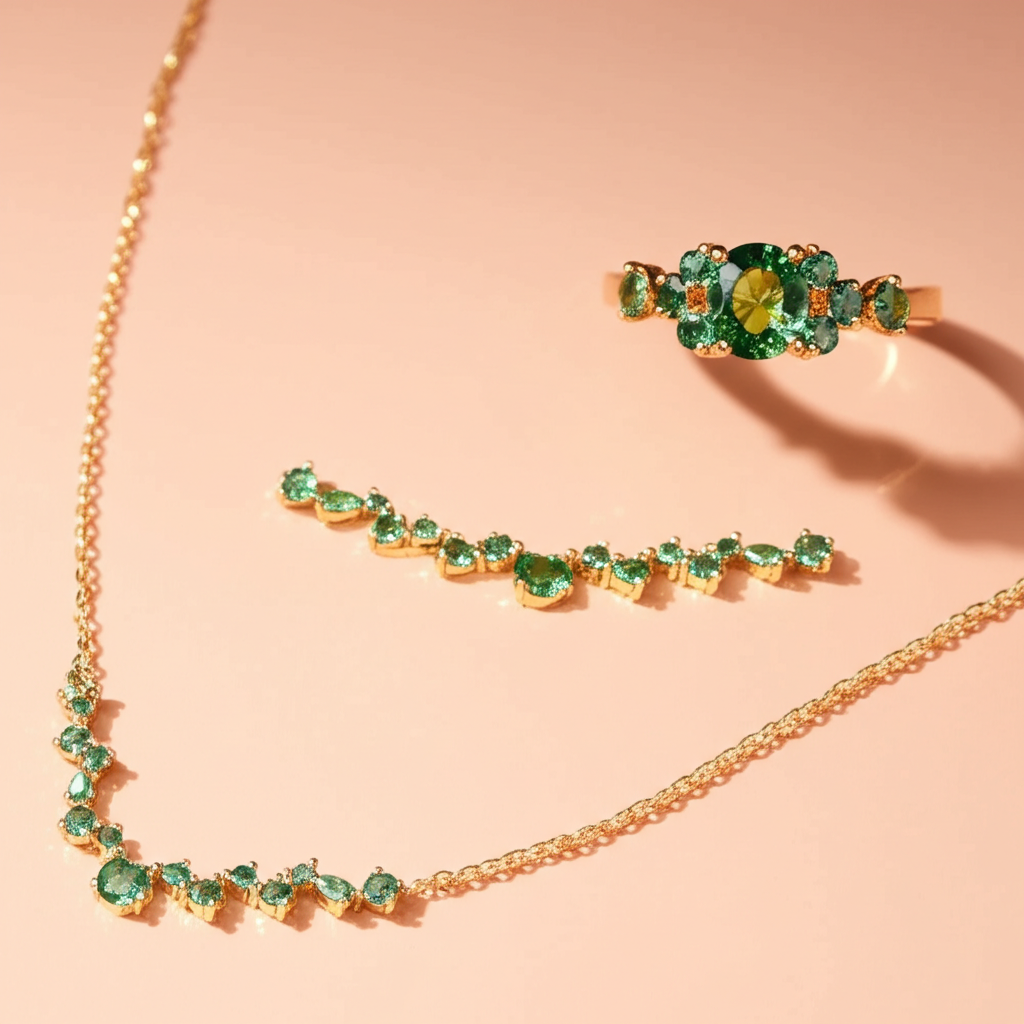
Tagua Nut
Often called 'vegetable ivory,' tagua nuts come from certain palm trees in South America. When dried, they become extremely hard and can be carved and dyed to create colorful, lightweight jewelry that resembles ivory without harming animals.
Best for:
Colorful beaded jewelry, carved pendants, and sustainable alternatives to ivory. Popular in eco-friendly and fair trade jewelry.
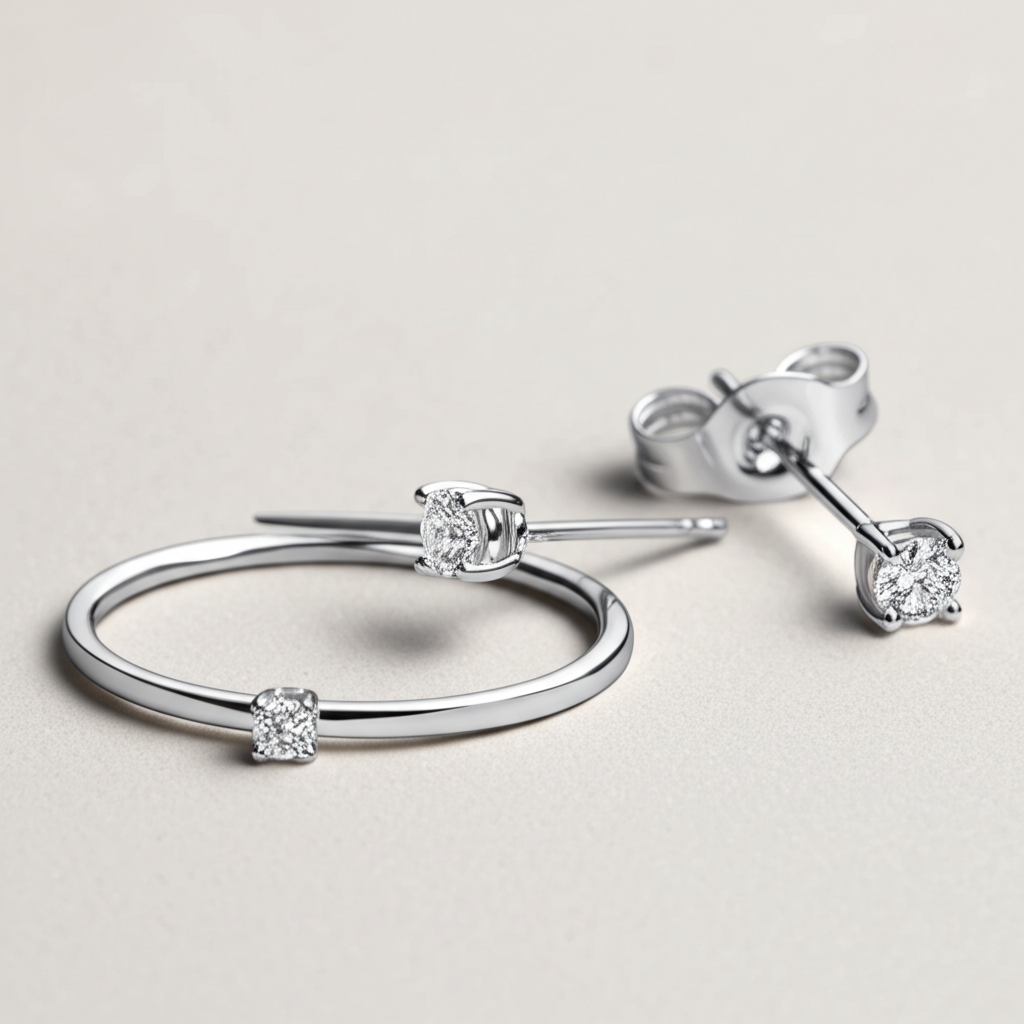
Shell & Mother of Pearl
Shells have been used in jewelry for thousands of years. Mother of pearl (the iridescent inner layer of certain shells) offers a luminous play of color, while various shells provide unique textures and patterns.
Best for:
Beaded necklaces, inlay work, and coastal-inspired designs. Particularly effective in pieces that play with light and movement.
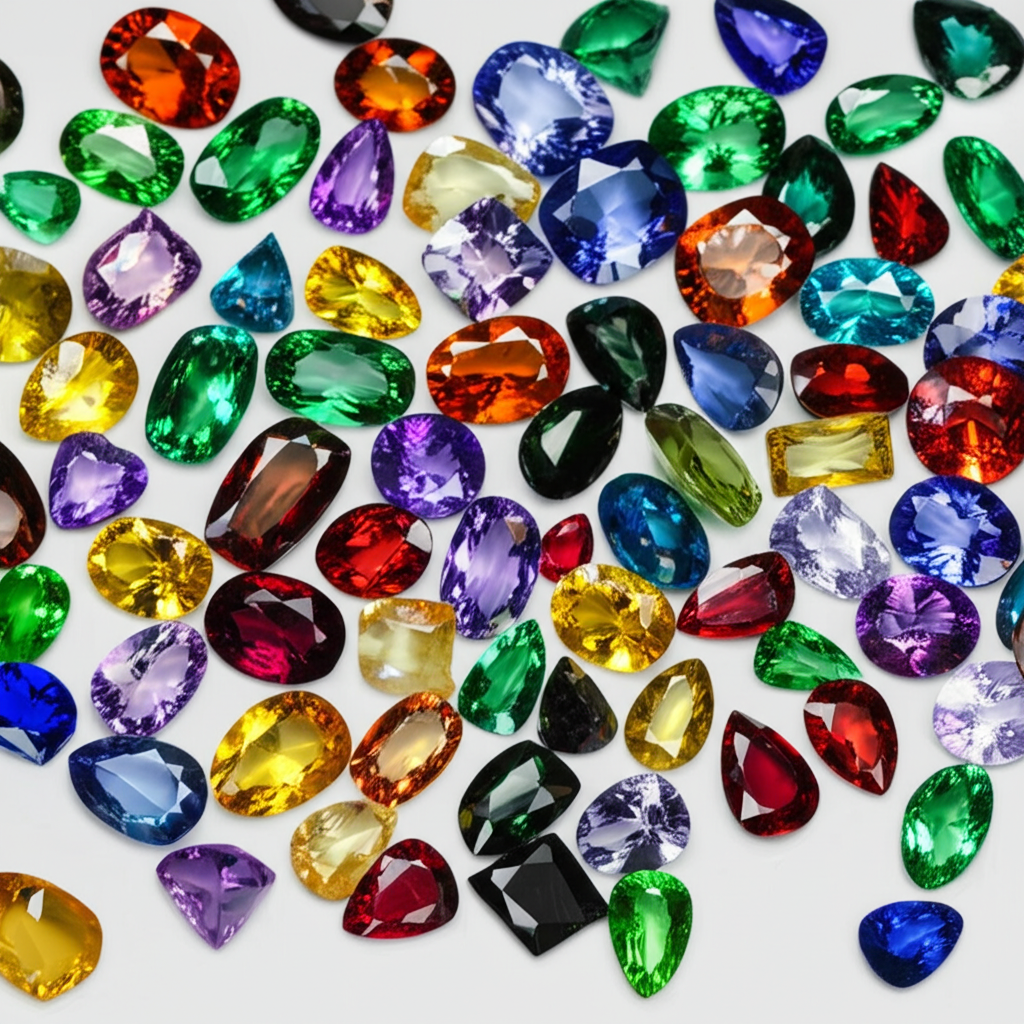
Leather
Versatile and available in countless colors and finishes, leather brings a casual, bohemian, or rugged element to jewelry design. Modern techniques allow for laser cutting, embossing, and combining with metals and other materials.
Best for:
Bracelets, cord necklaces, earrings, and mixed-media pieces. Appeals to both casual and fashion-forward aesthetics.
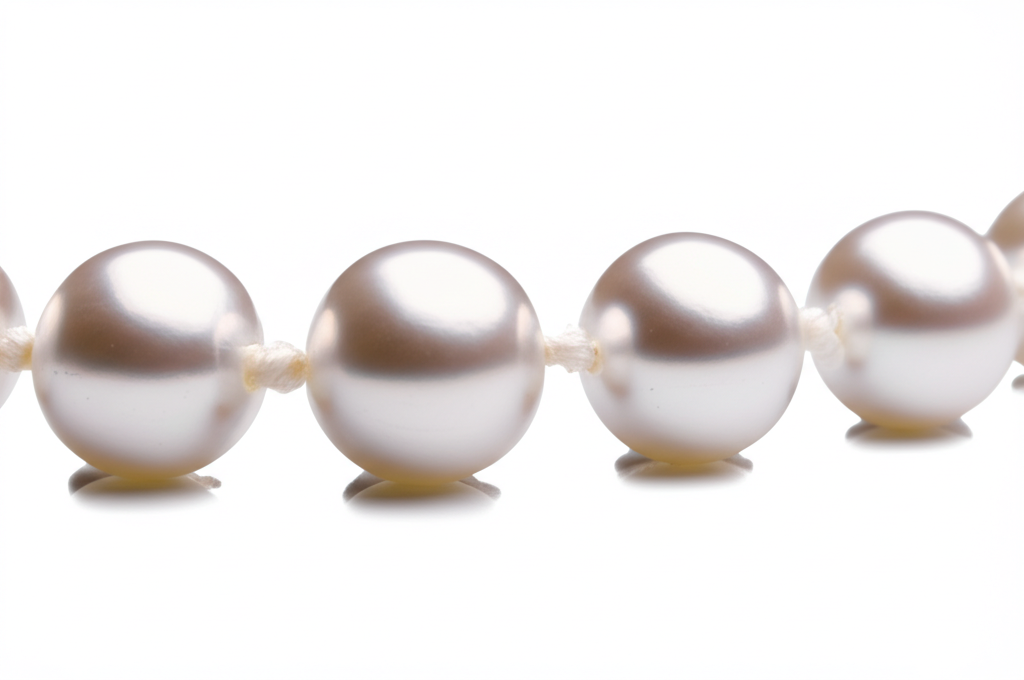
Seeds & Beans
From açaí and juniper berries to coffee beans and tagua nuts, seeds offer sustainable, lightweight materials for jewelry. Many can be naturally dyed or retain their own beautiful colors and patterns.
Best for:
Beaded jewelry, bohemian styles, and eco-friendly accessories. Often associated with artisanal and fair trade practices.
Synthetic and Composite Materials
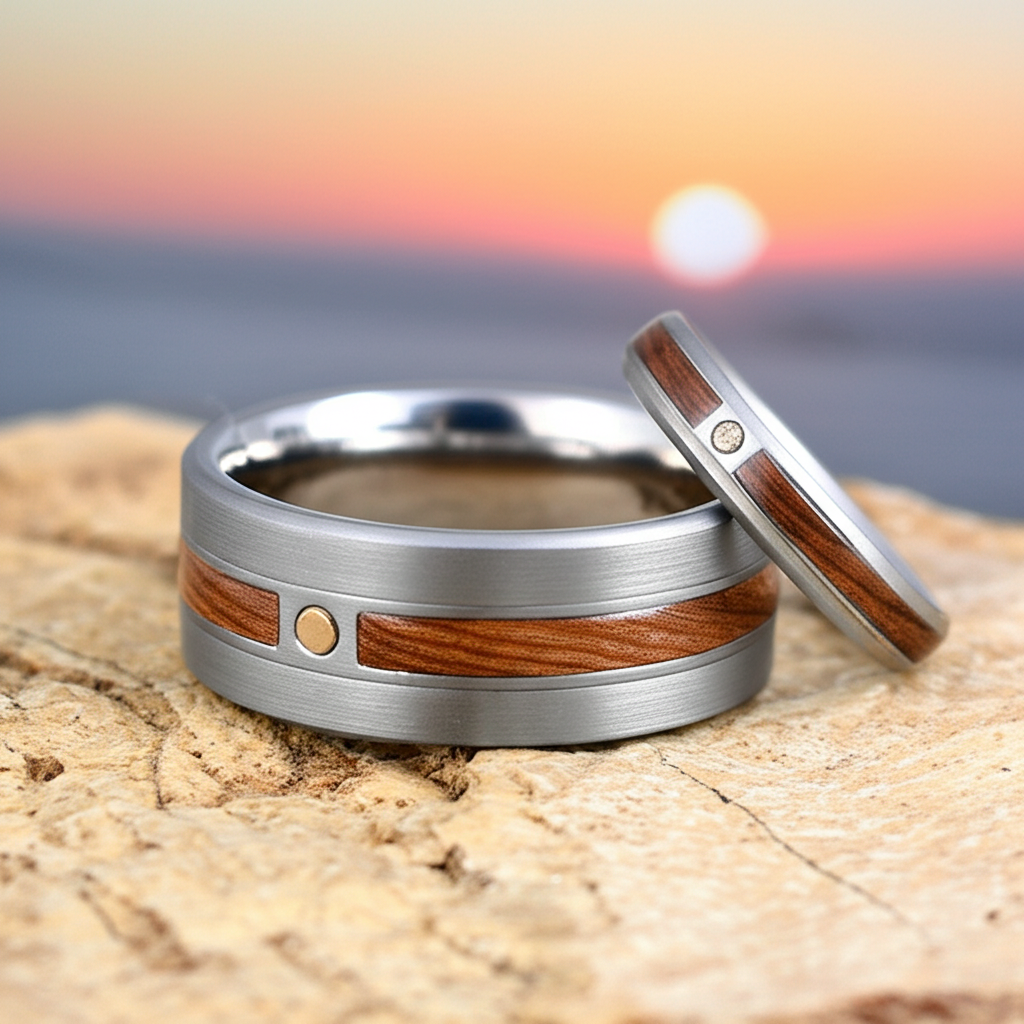
Resin
A versatile polymer that can be cast, colored, and combined with other materials. Modern resins range from crystal clear to vibrantly colored and can encapsulate objects, create faux gemstones, or be molded into any shape.
Applications:
Statement pieces, artistic jewelry, encapsulation of flowers or objects, and creating unique textures and effects impossible with natural materials.
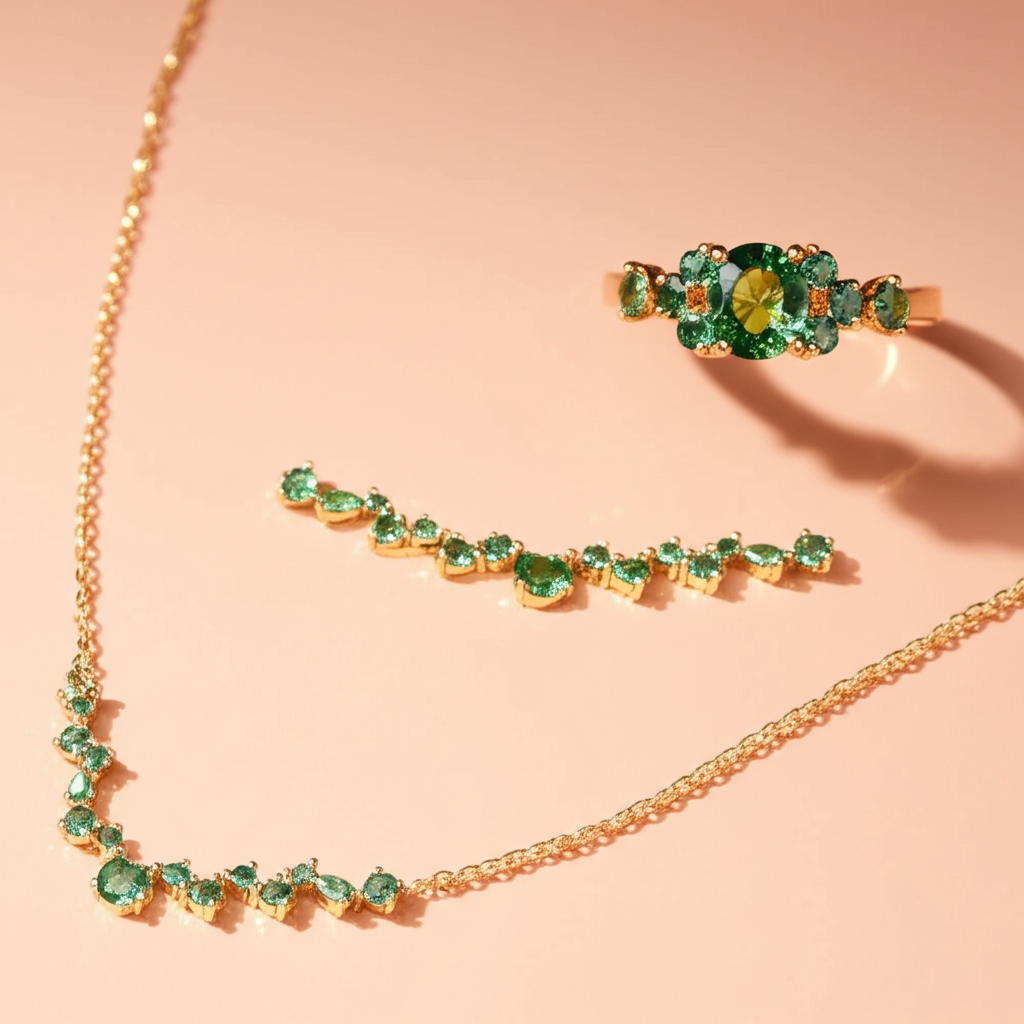
Acrylic
A clear plastic material that can be colored, molded, laser-cut, and thermoformed. Lightweight and available in endless colors, acrylic allows for bold, geometric designs at an affordable price point.
Applications:
Contemporary statement pieces, colorful geometric designs, and fashion-forward accessories that play with light and transparency.
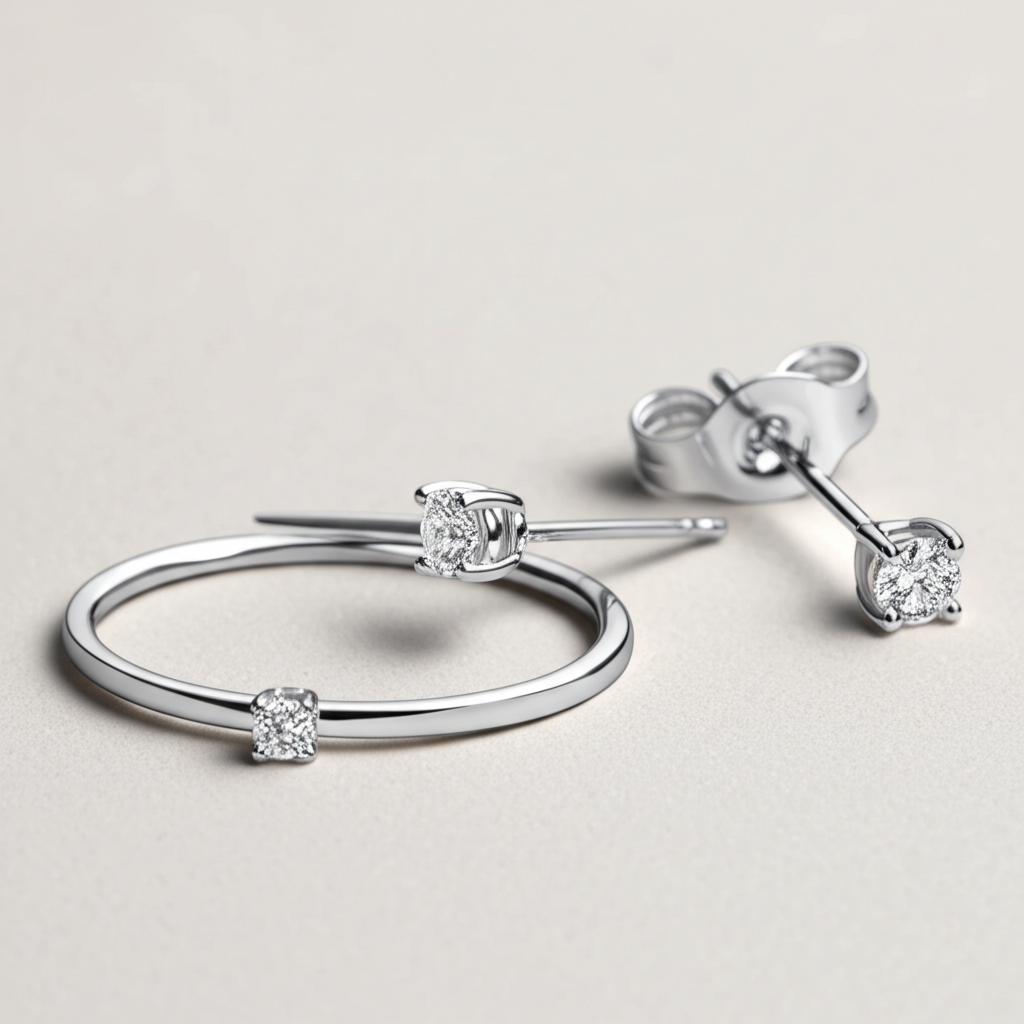
Carbon Fiber
A high-strength, lightweight material made from woven carbon filaments. Its distinctive woven pattern and technical associations have made it popular in contemporary men's jewelry, often combined with metals.
Applications:
Men's rings and bracelets, industrial-inspired designs, and lightweight alternatives to traditional metals with a modern aesthetic.
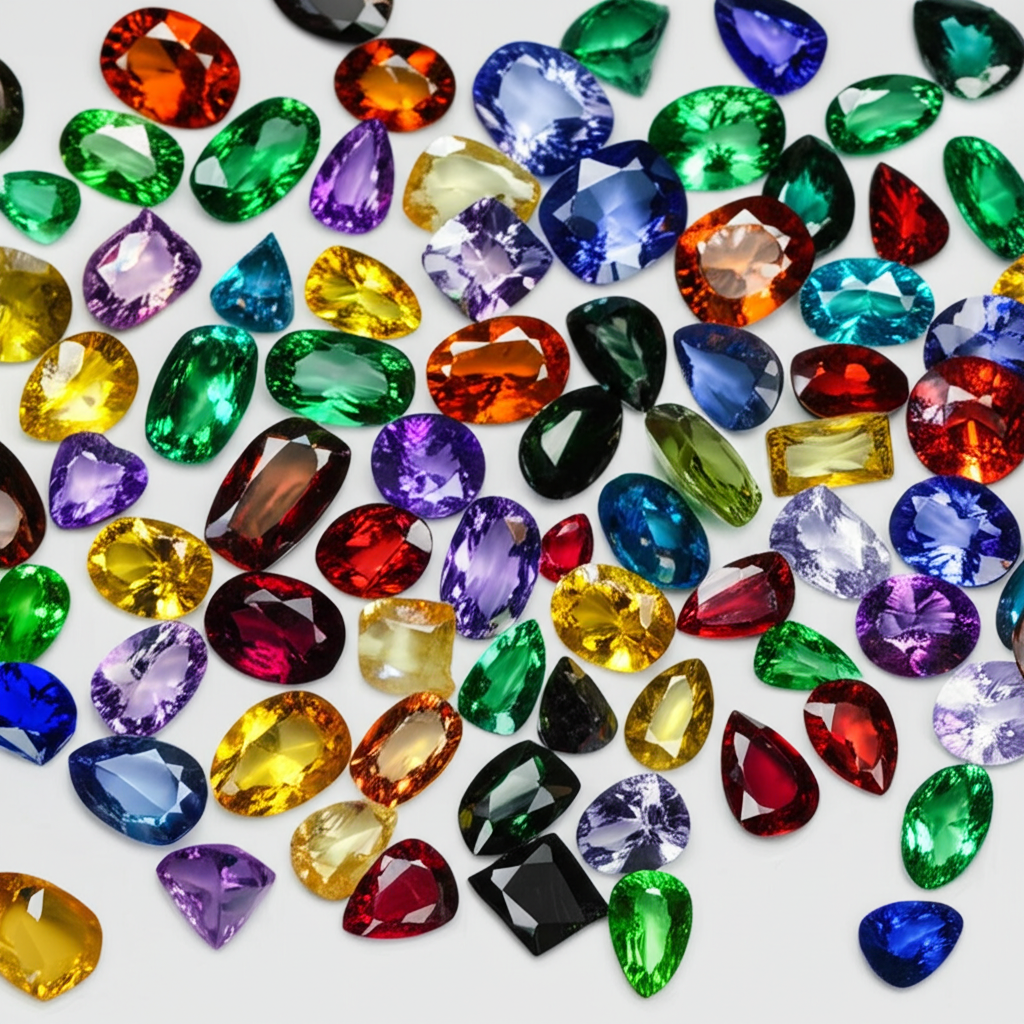
Concrete
Modern jewelry-grade concrete mixes create lightweight, durable pieces with an urban, architectural feel. It can be colored, polished, and combined with metals and other materials for contrast.
Applications:
Minimalist designs, architectural jewelry, and industrial-inspired pieces that make a statement through unexpected materials.
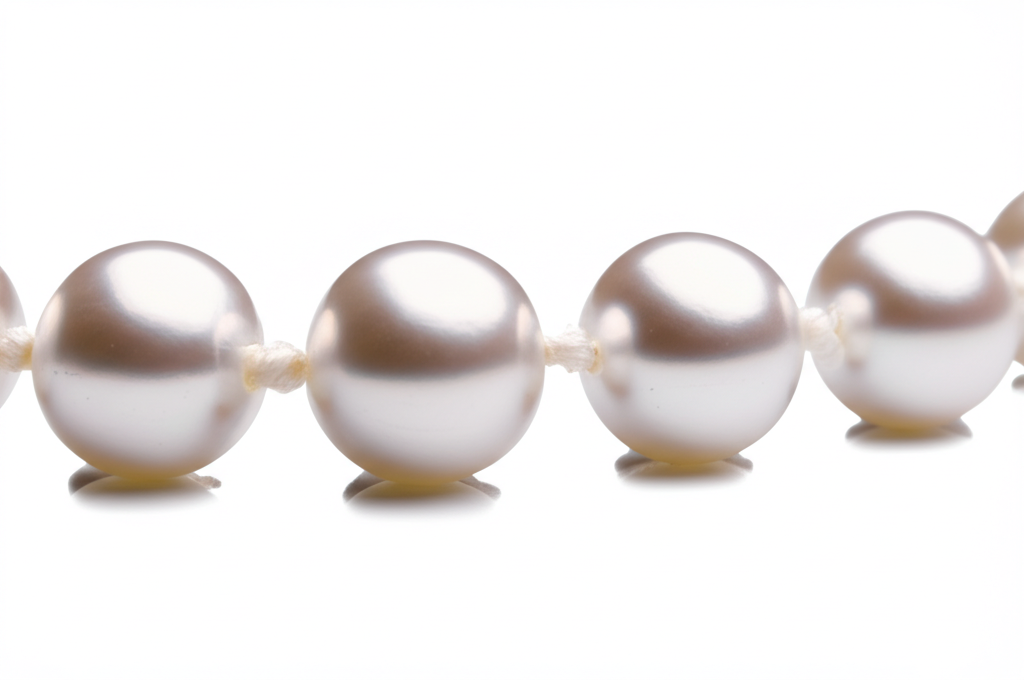
Recycled Materials
From circuit boards and vinyl records to plastic bottles and bicycle inner tubes, recycled materials bring sustainability and storytelling to jewelry design. Each piece gives new life to materials that would otherwise be discarded.
Applications:
Eco-conscious jewelry, conversation pieces, and designs that make a statement about sustainability and creative reuse.
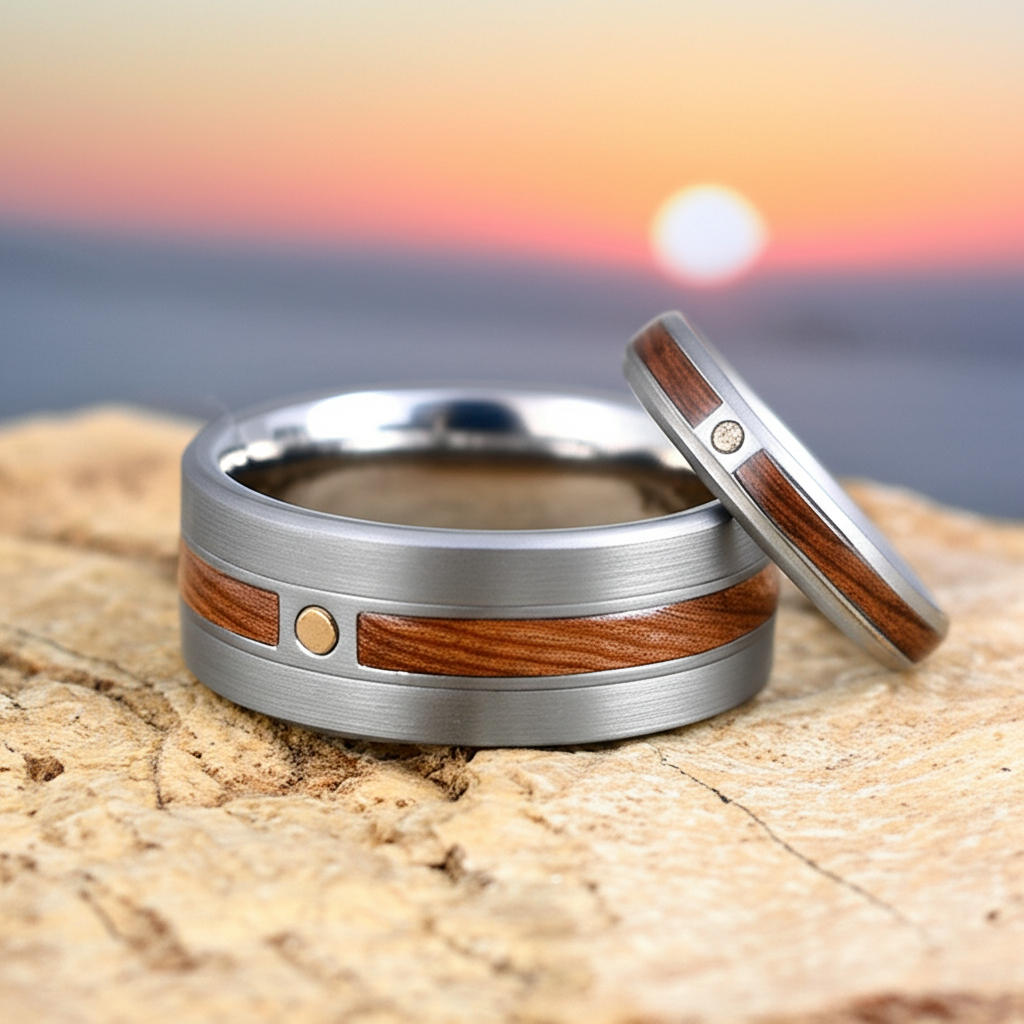
Lab-Created Gemstones
Chemically and physically identical to their natural counterparts, lab-created gems offer ethical and environmental advantages at a lower price point. Modern techniques create stones indistinguishable from mined gems.
Applications:
Fine jewelry alternatives, colorful statement pieces, and ethical options for traditional gemstone designs without environmental or social concerns.
Sustainable and Ethical Considerations
Environmental Impact
Traditional jewelry materials often come with significant environmental costs. Mining for precious metals and gemstones can lead to deforestation, habitat destruction, water pollution, and high carbon emissions. Alternative materials can offer more sustainable options:
- Recycled metals reduce the need for new mining
- FSC-certified woods come from responsibly managed forests
- Lab-created gems have a fraction of the environmental footprint of mined stones
- Upcycled materials give new life to existing resources
Social Responsibility
The jewelry industry has faced scrutiny over human rights issues, including conflict minerals, child labor, and unsafe working conditions. Alternative and ethically sourced materials can address these concerns:
- Fair trade certified materials ensure workers receive fair compensation
- Artisanal materials support traditional crafts and local economies
- Transparent supply chains allow consumers to make informed choices
- Locally sourced materials reduce carbon footprint and support local communities
Caring for Alternative Material Jewelry
| Material | Cleaning | Storage | Avoid |
|---|---|---|---|
| Titanium & Stainless Steel | Mild soap and water with a soft cloth; ultrasonic cleaners are safe | No special requirements; can be stored with other jewelry | Harsh chemicals like chlorine and bleach; abrasive cleaners |
| Tungsten Carbide | Mild soap and water; window cleaner for shine | No special requirements; very scratch-resistant | Extreme pressure that could cause cracking; harsh chemicals |
| Wood | Wipe with slightly damp cloth; occasional conditioning with mineral oil | Dry environment away from direct sunlight; avoid high humidity | Water immersion; perfumes; extreme temperature changes |
| Horn & Bone | Wipe with slightly damp cloth; occasional conditioning with jojoba oil | Dry environment; avoid high humidity | Prolonged sunlight; water immersion; heat sources |
| Resin & Acrylic | Mild soap and water; microfiber cloth to avoid scratches | Away from direct sunlight and heat sources | Acetone (nail polish remover); alcohol; abrasive cleaners |
| Leather | Wipe with dry or slightly damp cloth; leather conditioner occasionally | Dry environment; avoid folding or creasing | Water immersion; oils; perfumes; direct sunlight |
Innovative Designers Working with Alternative Materials
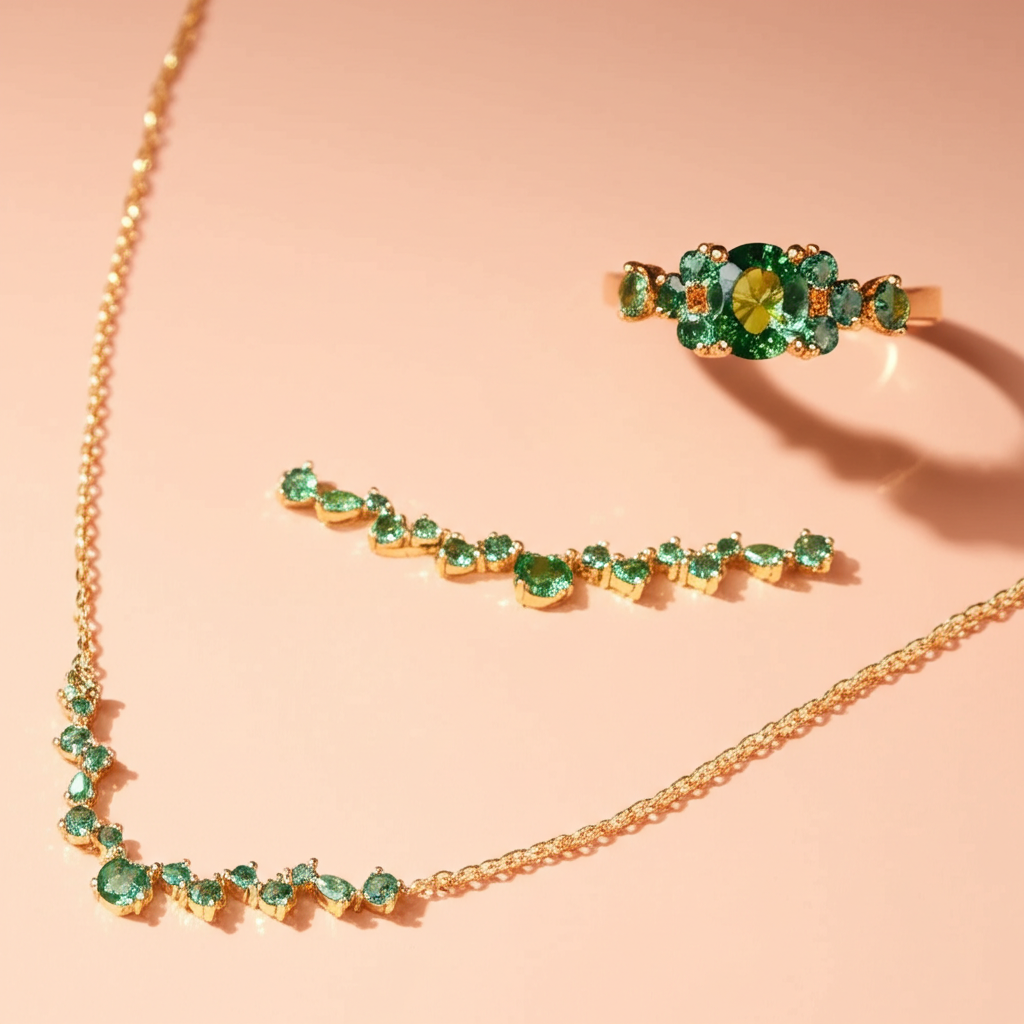
Yong Joo Kim
A contemporary jewelry artist known for transforming everyday materials into extraordinary wearable art. Her signature work uses Velcro® hook-and-loop fasteners, cut and manipulated into intricate forms.
Known for: Sculptural pieces made from transformed Velcro® and other industrial materials

Gustav Reyes
A pioneer in sustainable wooden jewelry, Reyes creates fluid, organic forms from reclaimed woods. His techniques bring out the natural beauty of the material while creating surprisingly flexible and wearable pieces.
Known for: Bent wood rings and bracelets with seamless construction from reclaimed hardwoods
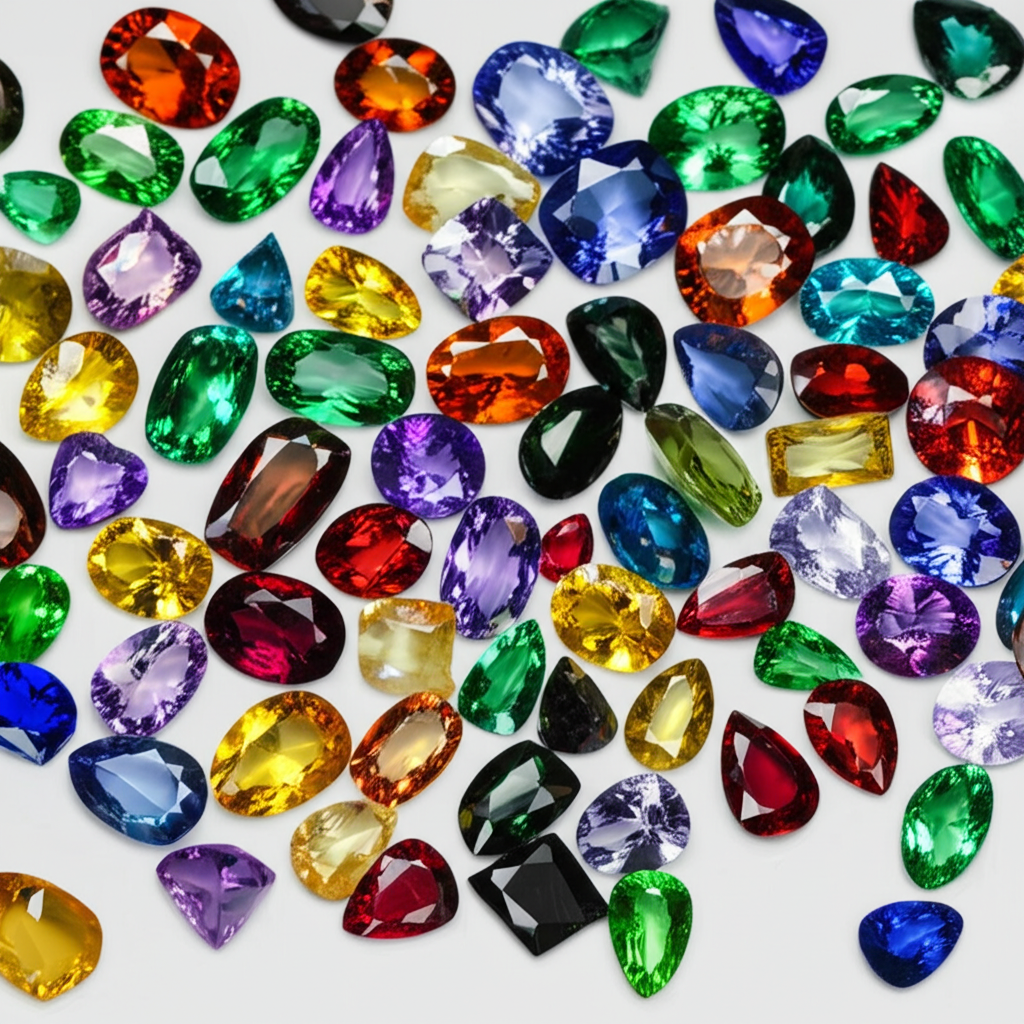
Tara Locklear
Combining traditional metalsmithing with unexpected materials, Locklear creates bold, colorful jewelry from recycled skateboards and industrial materials, elevating street culture to fine art.
Known for: Vibrant jewelry made from recycled skateboard decks combined with precious metals

Anthony Lent
A master goldsmith who pushes the boundaries of traditional and alternative materials. While working primarily in precious metals, Lent incorporates unusual elements like meteorite, fossilized materials, and industrial compounds.
Known for: Whimsical, narrative jewelry combining traditional craftsmanship with unexpected materials